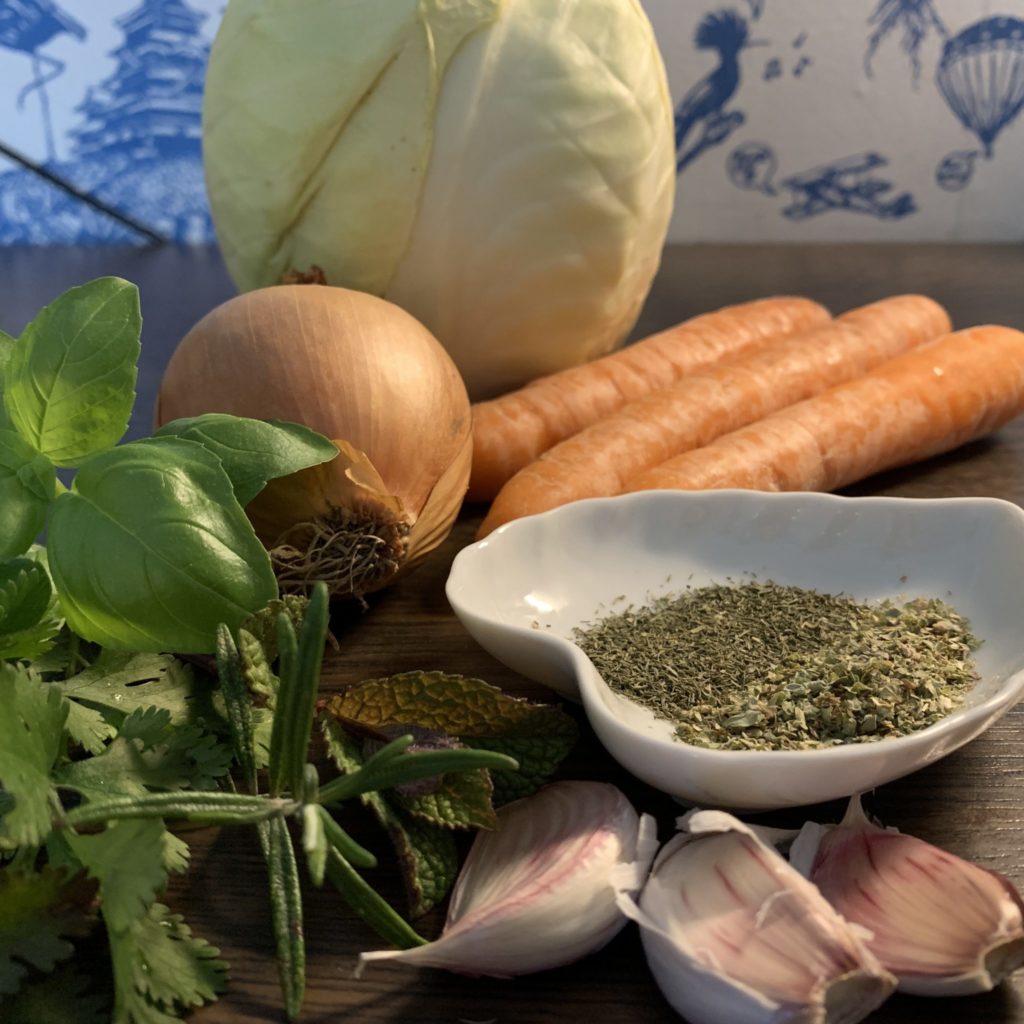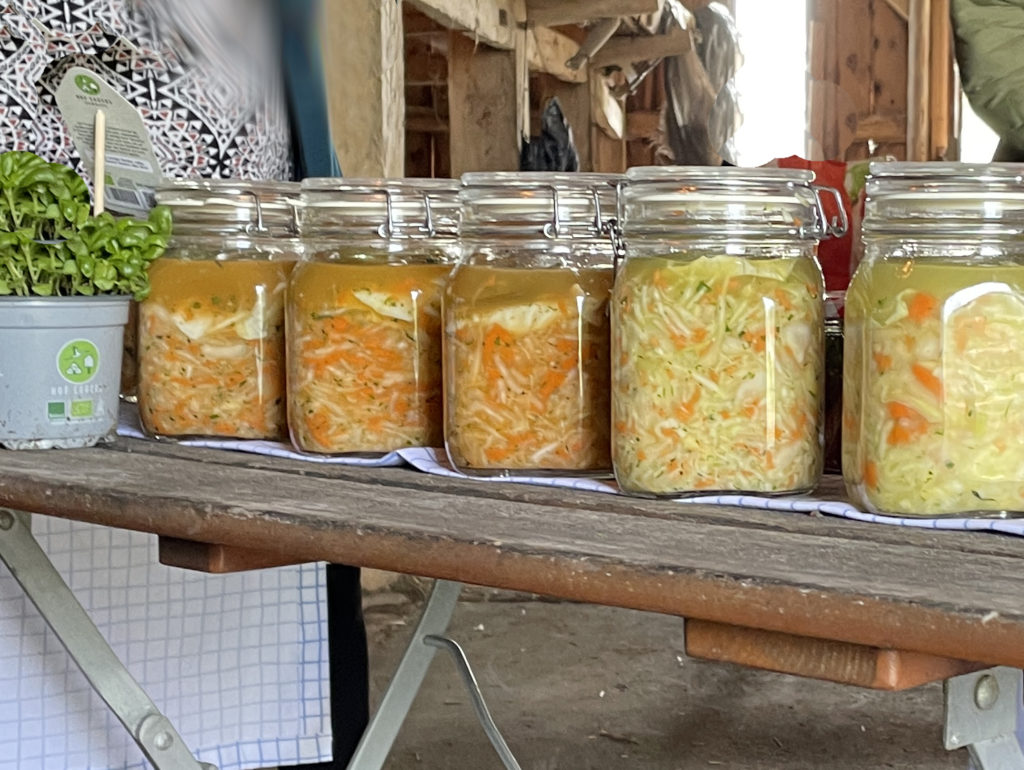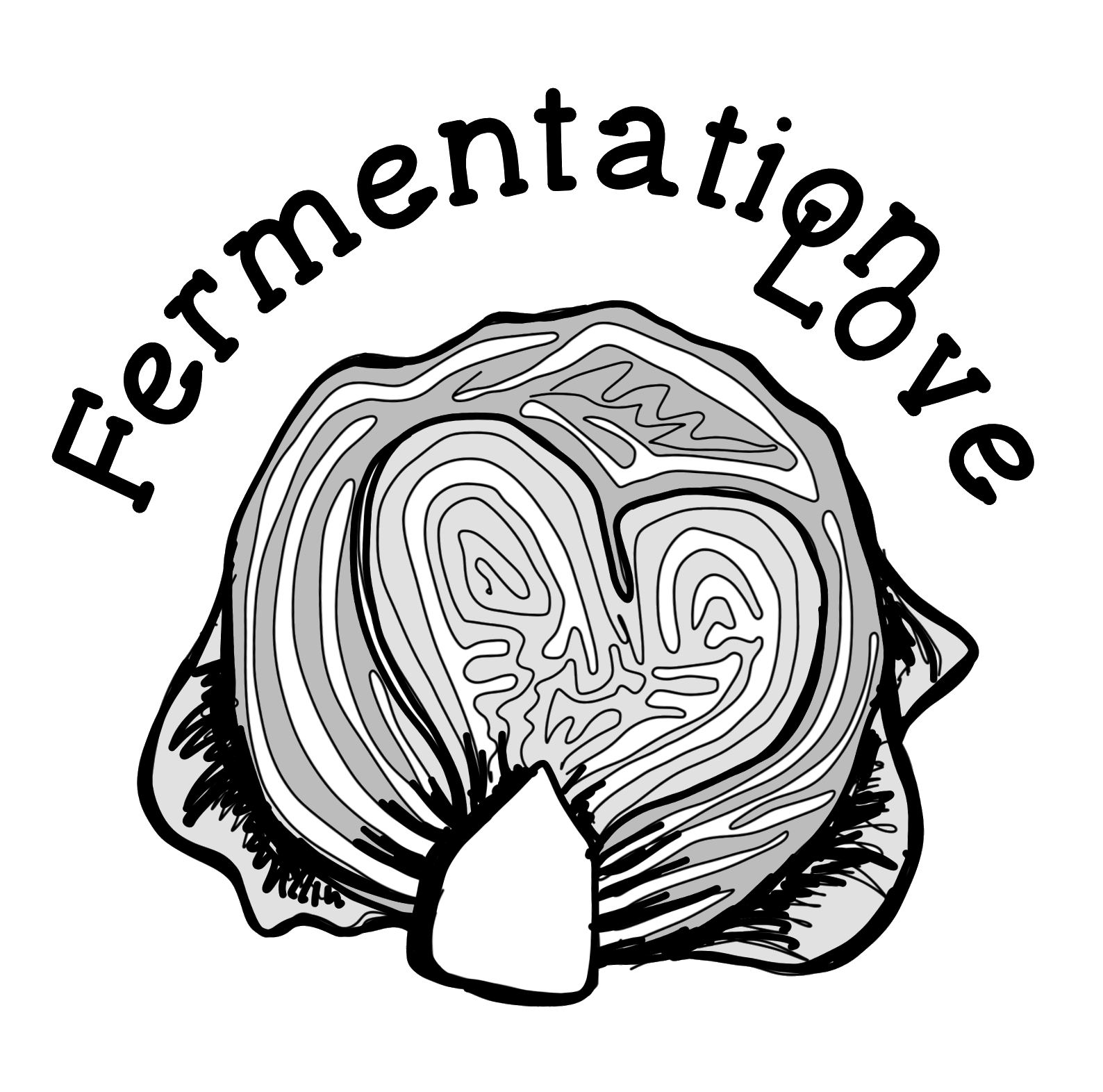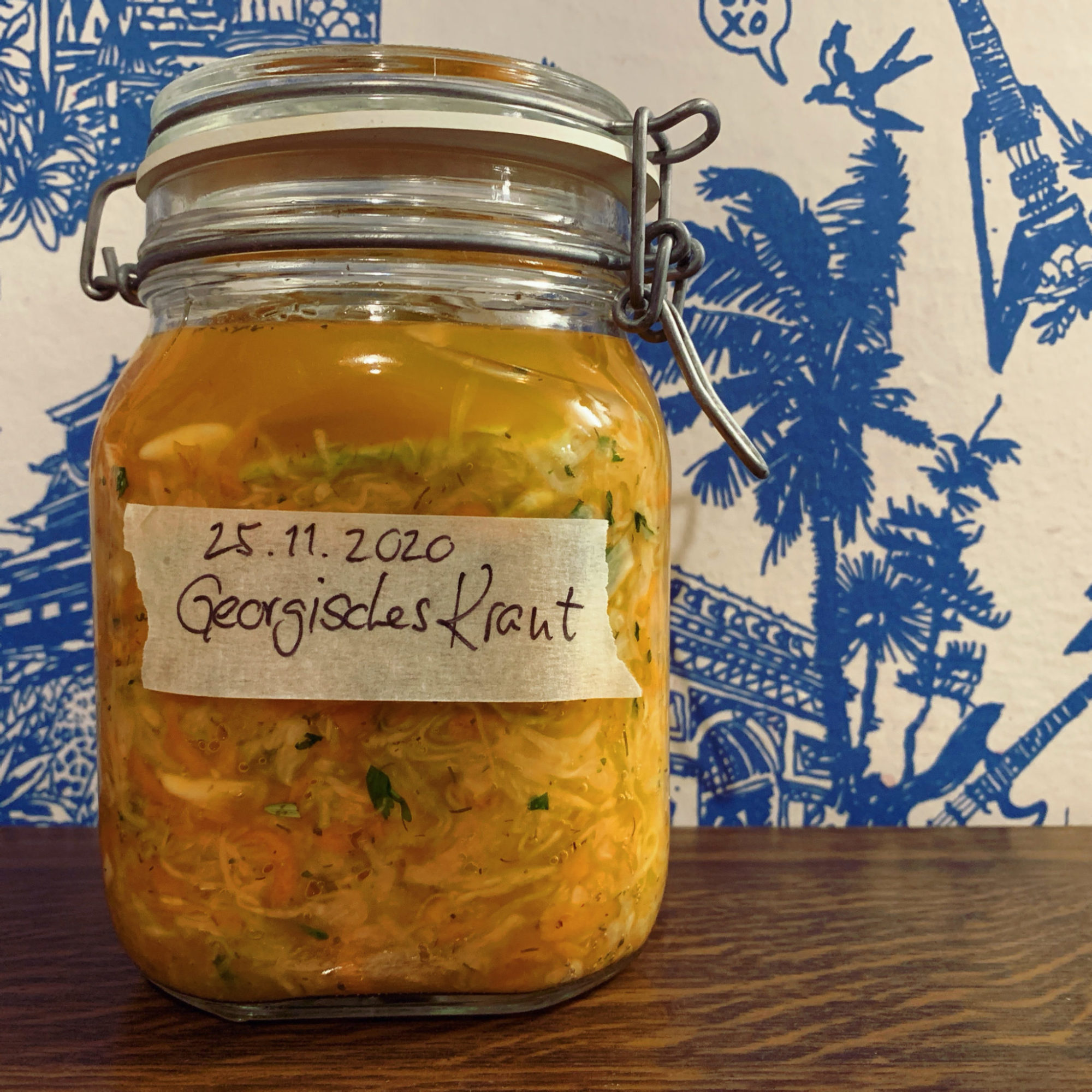Georgia, one of the oldest settlement areas of mankind, is a mountain country with access to the Black Sea. Due to the different climatic zones and the resulting variety of cultivated products, a seasonally delicious and diverse cuisine developed, which was considered the haute cuisine of Soviet cooking. Today it is experiencing a renaissance among gourmets from all over the world. Georgian cabbage is my small contribution to this fabulous aroma.
Jump to recipeWhite wine vinegar and the use of spices and fresh herbs play a central role: pepper, shabbats clover, mint, tarragon, parsley, condari (wild thyme), basil, my much-loved dill and, above all, cilantro. Cilantro is the king of Georgian herbs.
Sour and herbs? It made ping in my head!
Sauerkraut with the herbs of Georgian cuisine
The best thing about sauerkraut is that you can always rediscover it simply by changing the herbs and spices. The preparation is and remains simple, so that sauerkraut is a good ferment for beginners - only you have to be patient, 8 weeks fermentation time make the taste really well balanced. And Georgian cabbage is an absolute taste explosion.
If you're interested in sauerkraut, be sure to check out the page for Classic German Sauerkraut. I have not only written down this super traditional cabbage, but also many different variations. Fermented white cabbage simply never gets boring!
The ingredients for Georgian cabbage?
Best fresh! Especially with highly aromatic herbs, freshness makes all the difference and turns your herb into a culinary delight. This sauerkraut has no reason to hide behind fine dining!





Bombeninformation, danke sehr. Ich weiß trotzdem nie, ob man nach dem kneten und der entstandenen Salzlacke, das Weckglas zusätzlich mit WASSER bis zum Rand auffüllen muss, damit kein Gemüse drüberschaut….?
P S. ich suche auch ein gutes Rezept für selbstgemachtes Sauerteigbrot, aber nur suf Basis einer Mehlsorte, und Glutenfrei ( könnte aber auch allein HAFER od BUCHWEIZEN sein)
Moin Paul,
danke, dass es Dir gefällt!
Bis zum Rand ist nicht nötig, zwei Finger breit kannst Du ruhig Platz lassen, dann läuft nichts über. Das Ziel ist, vorher soviel Lake erkneten, dass das Kraut mindestens 1-2 cm bedeckt ist. Nur, wenn das überhaupt nicht klappt, weil der Kohl zum Beispiel Lagerware ist, kann man sich helfen und mit 2%iger Lake auffüllen.
Ein Rezept für ein glutenfreies Buchweizen-Sauerteigbrot habe ich tatsächlich 😊
Ich schreib es die Tage mal auf.
Liebe Grüsse und weiterhin viel Erfolg beim Fermentieren!
Katsu
Hej Paul,
ich habe für Dich und alle anderen das Rezept für mein superleckeres, total einfaches glutenfreies Sauerteigbrot aufgeschrieben -> https://fermentation.love/einfache-rezepte/buchweizenbrot-glutenfrei.
Ich hoffe, es schmeckt Dir!
Best regards,
Katsu
Hallo, was ißt man in Georgien zum Sauerkraut dazu?
Hej Hella,
eingelegtes und fermentiertes Gemüse ist sehr prominent auf einer georgianischen Tafel, es ergänzt die Hauptgerichte und trägt zum Gesamtgeschmack bei. Mzahve passt gut zu Schaschlik oder anderen Fleischgerichten, und zu traditionellen Spirituosen ist es ein ausgezeichneter Snack.
Bon appétit!
Katsu